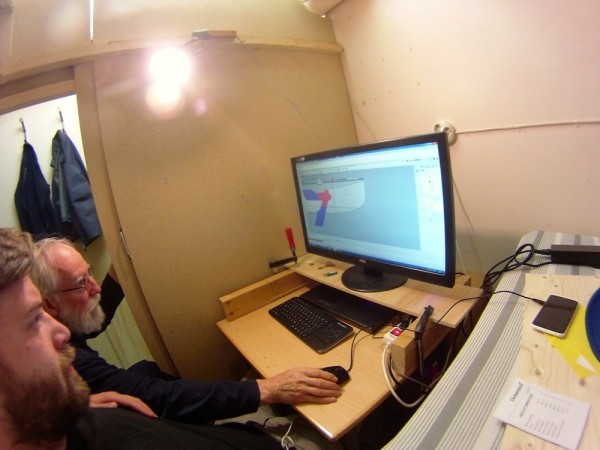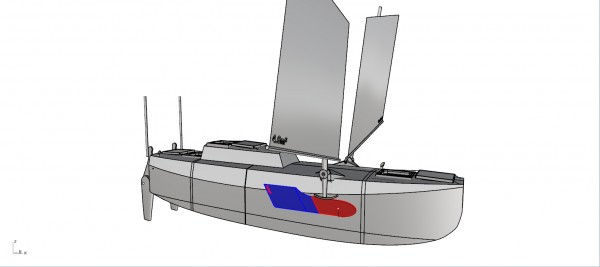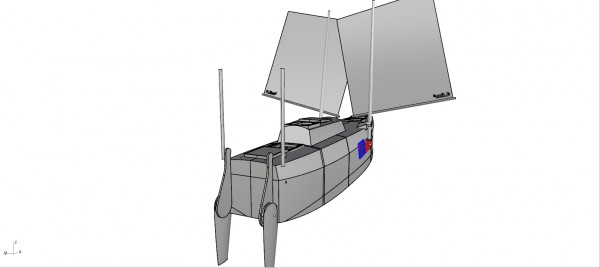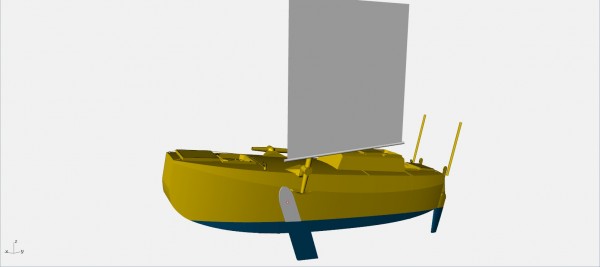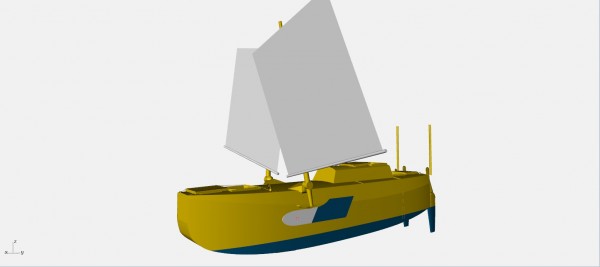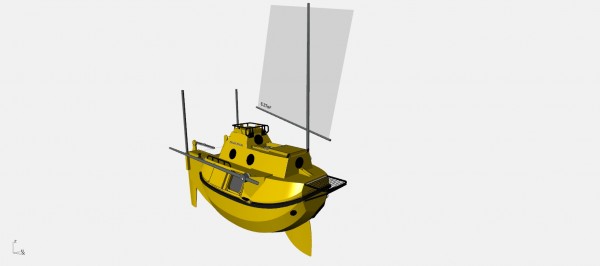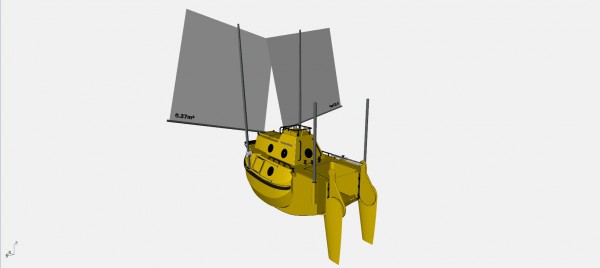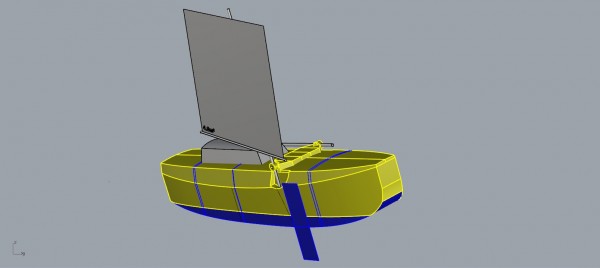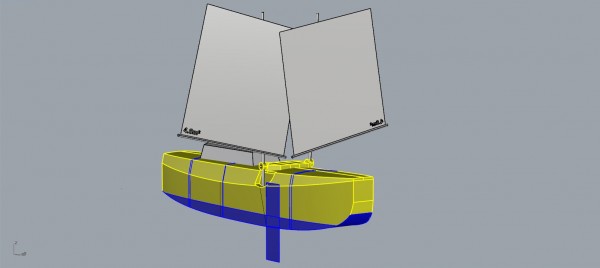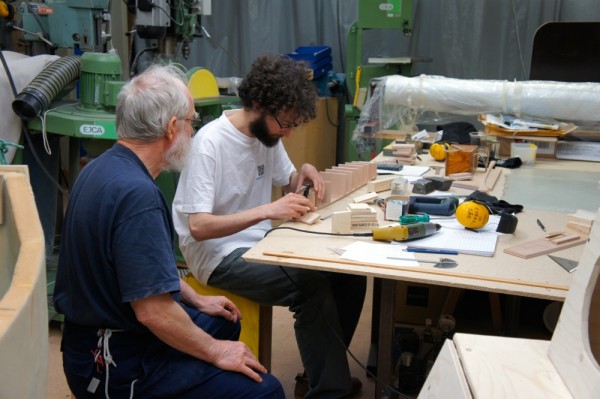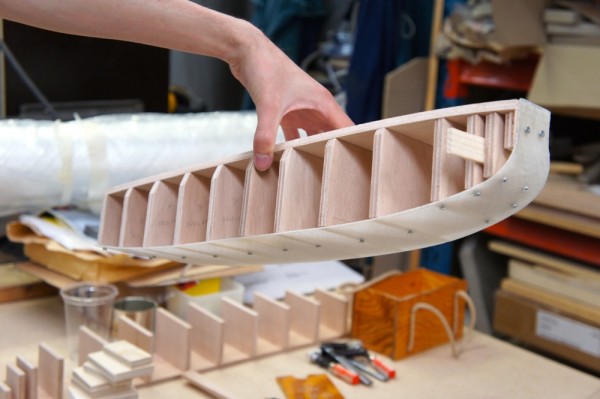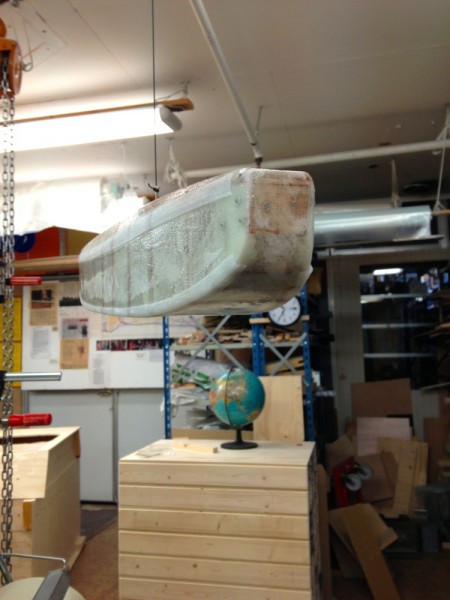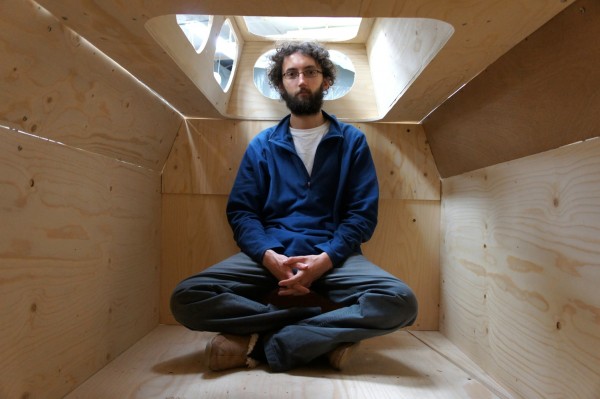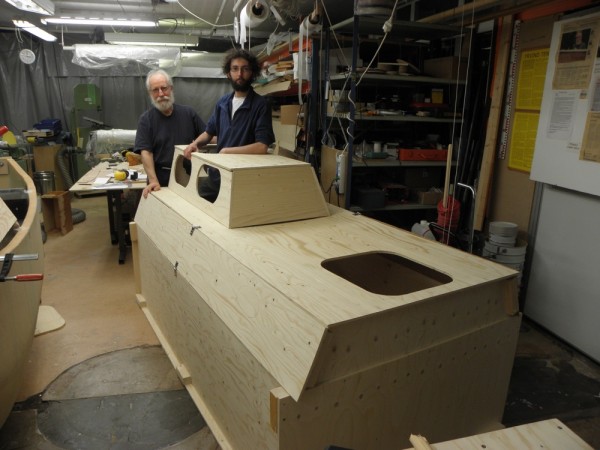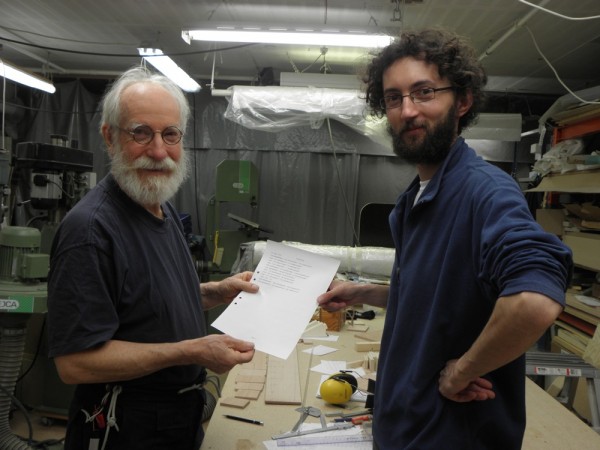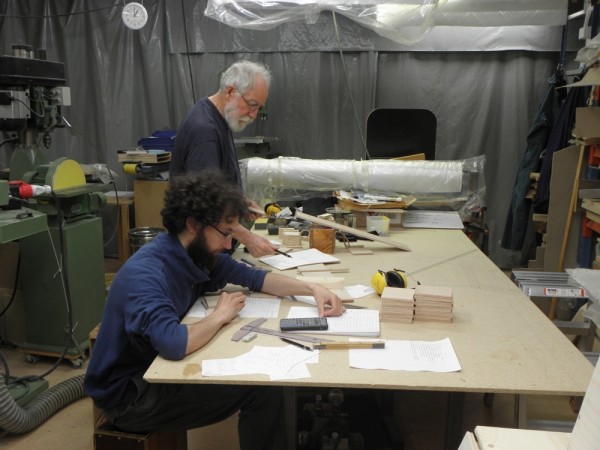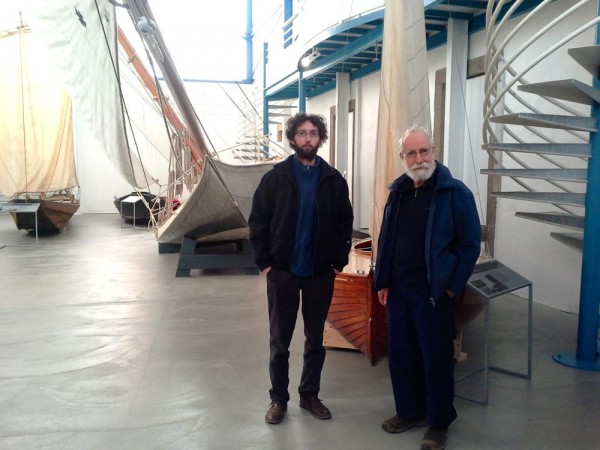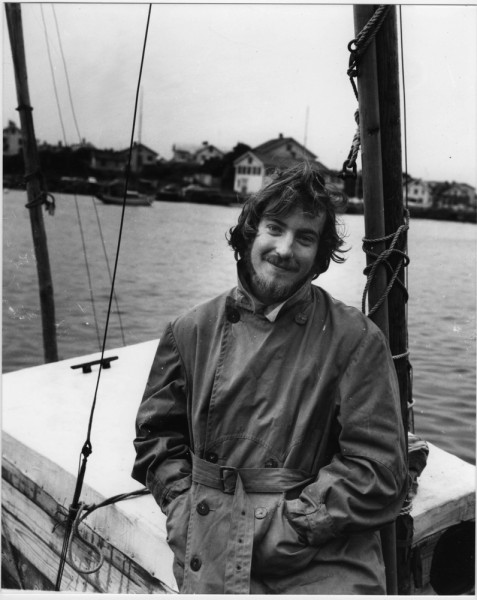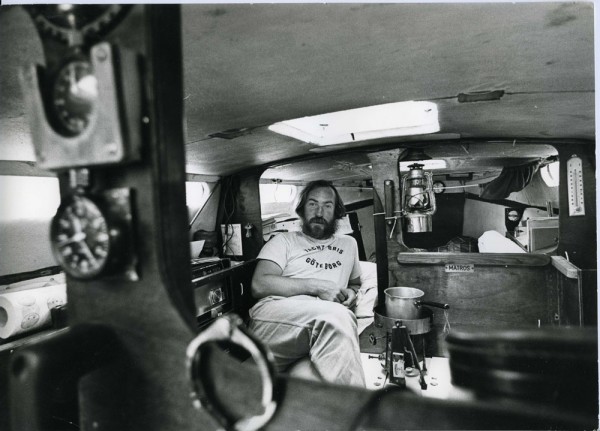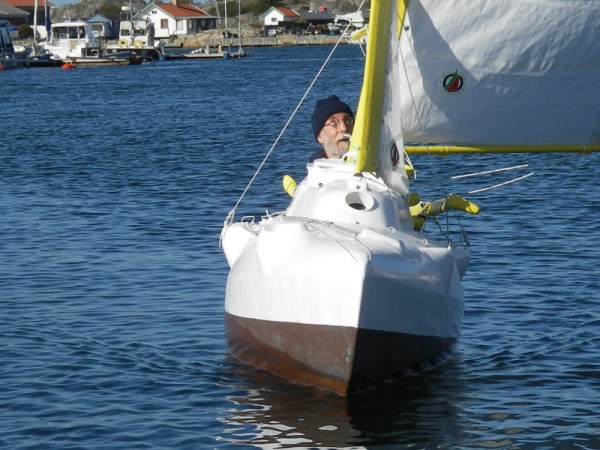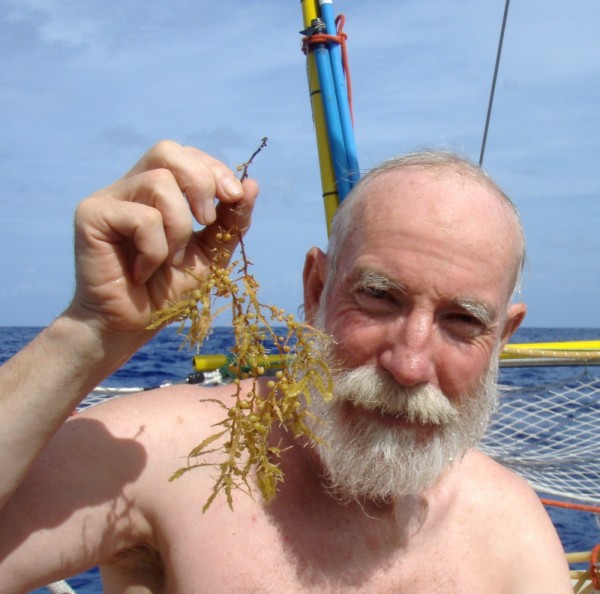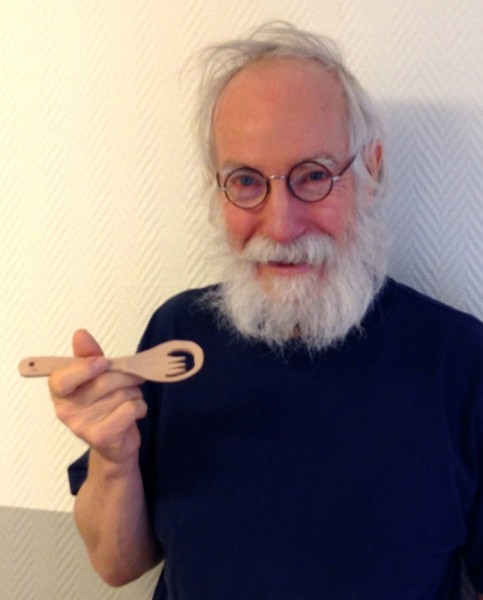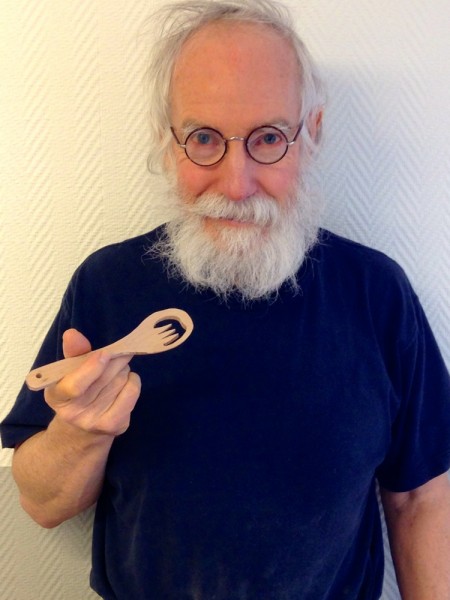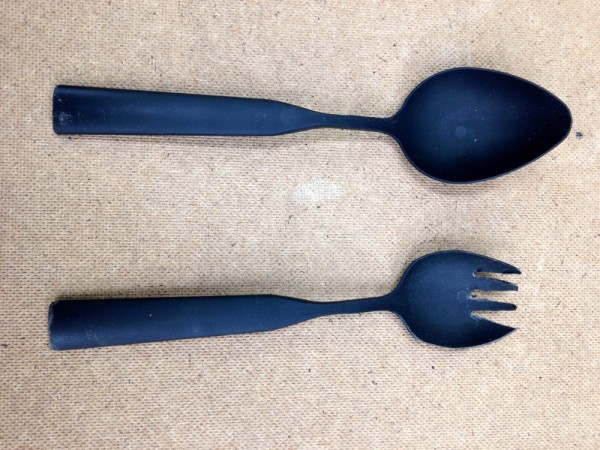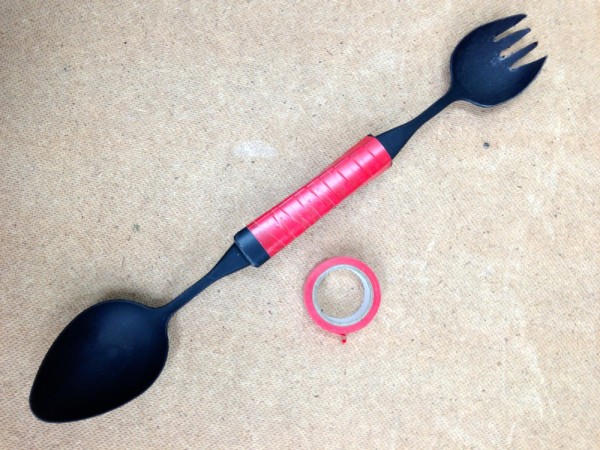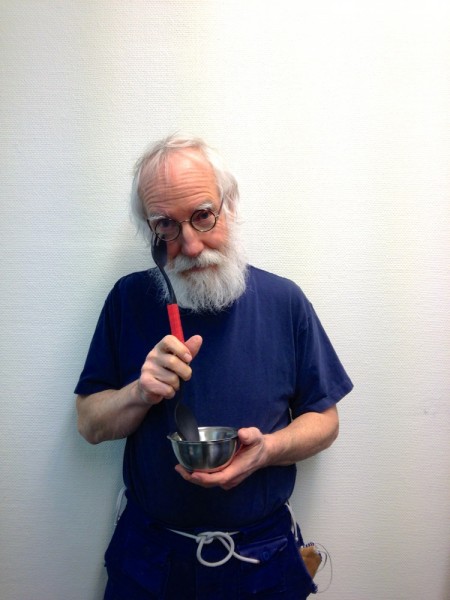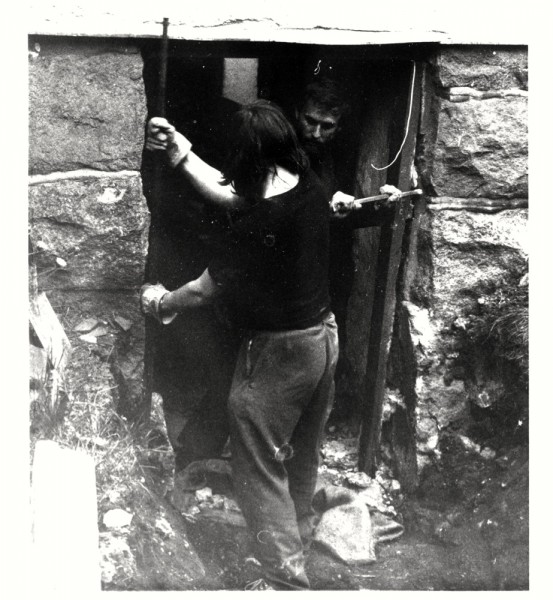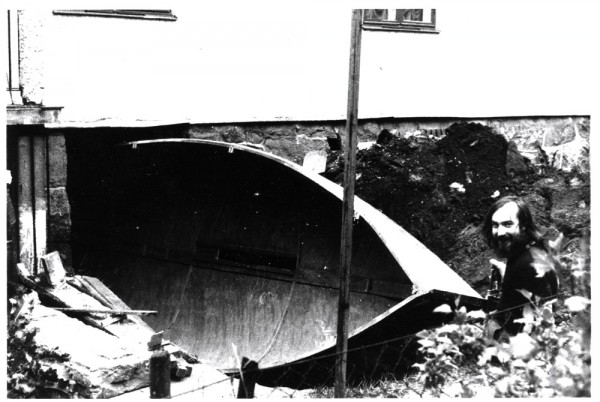I am grateful to Sharpii 2 for commenting on my “Next Boat”. On my web site I will start a blog for her titeld ”Boat-Ideal”. It will replace the blog “Lecture”. When building and sailing I always have the next boat in mind. When doing a mistake on the present one I say to myself “that I will correct on the next one”. And it helps; my boats have over time become better and better , very much better. I am very grateful for comments and for persons helping me pointing out my errors as it is difficult to objectivly observe oneself. However that is not always easy becouse often I do not express myself clear and English is only my second language and I am dyslectic, all which add to the confusion. There is also an other aspect and that is values. Most often my values differ as to comfort, speed, use of engine and more. Here engineering principles do not apply.
I will here try to do a bit of clarifying concerning sail area and speed. 1974 I sailed 20 feet 1.3 ton displacement Bris from Jamestown St Helena in the South Atlantic Ocean to Fort de France Martinique in the North Atlantic Ocean, necessarily crossing the Doldrums. Bris had no engine; not even an outboard. I could have put up more sail but chose to use only 4 square meters. I enjoyed the passage. The 3800-mile passage took me 45 days from anchor up to anchor down. That is an average speed of 85 miles a day or 3.5 knots. I found the voyage pleasant. The sail area/displacement was 3.4 if I have done the numbers right.
2011 I sailed the 15 feet 0.9 ton Yrvind.com 2900 miles from Madeira to Martinique. It took 45 days 64 miles a day 2.7 knots. The wind was more variable often so light that a candle could stand on deck without flickering, still the boat made 0.5 knots and steered herself downwind. I used very little sail. Most persons would be unhappy to sail at 2.7 knots. Me I was happy to spend six weeks at sea instead of three weeks. Me, when eating, I do not try to get the food down as quickly as posseble, me when making love, I do not try to get an ejakulation as quick as posseble, then why should I try to cross an ocean as quickly as possible? I am not racing. I am cruising. I enjoy being out there on the big, blue, wet, deep, endless ocean.
Still “Next Boat” has two 4.6 s.m. sails. In light wind going to windward I intend to use them if desireable so Sharpii 2 can double the number he got for “Next Boats” S/A relation. Sharpii 2 prefers sails his in tandem. That’s the common way. I differ, I think its more advantages to have them side by side like, the early airplanes, instead of one sail in front of the other becouse then they interfere less with each other.
A lugsail is only attached to the mast at the top. As the mast are pivoting I can move the mast top back 1.5 meter and forth 1.5 meter and with it the sail moves. Then I move the downhaul back and fort along the deck to suit. That way I can give the boat weather or lee helm as desired.
As to preventing leeway, the hull is five beams long and has very flat sides. In a way it works as a battering ram. It has very little frontal area compared to driving force. Norman Skene in his original book on yacht design always calculated lateral area as a function of midsection. Now it is calculated as a function of sail area. I do not agree. When heeled 20 degrees the leeward side present a lot of area to the water. Some of it will flow under the hull. That takes much energy. That energy creates a vortex floating along the bottom up to windward. Healed the bottom presents a bigger curve to the flow than the side making the water flow faster there. Bernulli says, the energy in a streamline is constant. This is classical two dimensional wing theory. High aspect wing have a tip vortex that disappears behind the wing. Low aspect bodies edge vortex sweeps over the surfaces combines with the fore and aft flow increases the particles energy. As the energy is constant in the streamline that energy is creating lift. That’s why the concord airplane could fly with an angle of attack of 45 degrees. Ordinary foils stall at 15 degrees. Its not efficient on the other had here we are recycling energy so its ok. This is my thinking on the leeboard and of course I lift them up sailing down wind. The rudders have even higher aspect ratio.
And of course I do not sail flat downwind. I always have the wind 15 or 20 degrees on the quarter.
It getting late but more will come.
Regards Yrvind.

